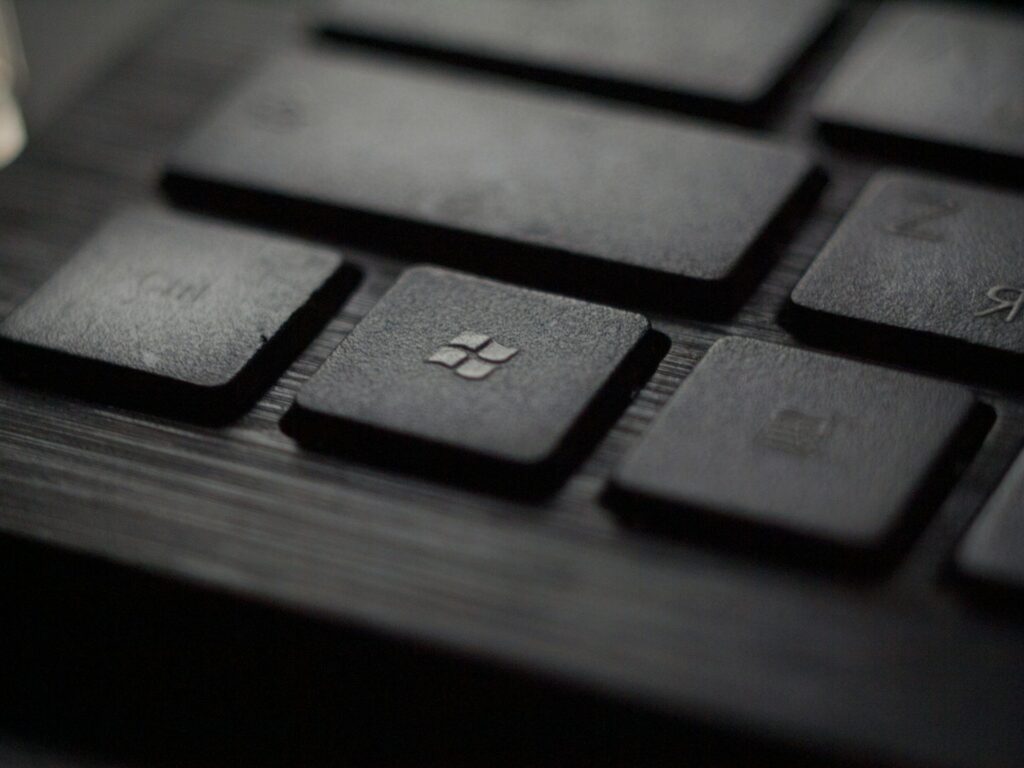Enhance the Performance of Your Computer with These Windows 10 Tips and Tricks

Enhance the Performance of Your Computer with These Windows 10 Tips and Tricks
Even though Windows 10 is intended to function without any hiccups right out of the box, many users have reported that their personal computers have begun to feel slow after some time has passed. What is the good news? You may give your system a new lease of life and make it perform more quickly and effectively by making a few tweaks that are realistic. In order to assist you in improving the performance of your Windows 10 computer, we have compiled a list of ten tried-and-true tips and methods that are stated in language that is easily understood by everyone.
Turn off any startup programs that you do not need.
One of the most significant factors that contributes to the gradual slowdown of a personal computer is the presence of an excessive number of applications that are scheduled to start up whenever the machine is started. Turning off apps that aren’t essential for the starting process may significantly cut down on boot times and save up resources. To do this, you just to launch the Task Manager, go to the Startup page, and immediately disable any apps that you use only infrequently. Your computer will express gratitude to you each time it turns on.
Windows and drivers should be kept up to date.
There are times when updates may be a nuisance, but they are really necessary for maintaining the safety of your computer and ensuring that it functions well. Performance enhancements, bug fixes, and security patches are often included in Windows maintenance updates. A further way to improve the performance of your hardware is to ensure that your drivers are up to date, particularly those for your graphics and chipset.
Unwanted files may be removed with the help of Storage Sense.
Microsoft Windows 10 comes equipped with a function known as Storage Sense, which is capable of deleting temporary files, outdated downloads, and objects that are stored in your recycle bin automatically. Through the activation of this option, you may avoid your hard disk from being cluttered, which can cause your personal computer to run more slowly. Maintaining a clean storage area on a regular basis allows your system to access data more quickly and keeps everything feeling snappy.
Perform Performance Adjustments to the Visual Effects
Windows 10 has a wide range of animations and visual effects, which contribute to the interface’s contemporary appearance. However, if your personal computer is outdated or doesn’t have a lot of resources, turning them off might provide you a substantial improvement in speed. Launch the System Properties options, choose “Adjust for best performance,” or deactivate individual effects in a selected manner while maintaining the appearance that you desire.
Upgrade to a solid-state drive (SSD). You should consider upgrading from a conventional hard disk to a solid-state drive (SSD) if you have not already done so. This is one of the single most significant improvements you can make. A solid-state drive (SSD) may help your personal computer boot practically instantaneously, launch applications more quickly, and overall seem so much more responsive. Even relatively older machines may get significant benefits from this upgrading.
Perform a scan for malicious software and unwanted software.
It is possible that the slowness of a computer is not caused by Windows itself, but rather by the programs that are operating in the background. Malware, adware, and other unwanted applications may drain your computer’s central processing unit (CPU) and RAM unnoticed. The elimination of these covert performance drains may be accomplished by doing a comprehensive scan with Windows Defender or another reputable antivirus program.
Control the power settings to get a higher speed.
In order to prolong the life of the battery, your computer may operate more slowly if it is set to the “Power Saver” plan. Your central processing unit (CPU) and hardware will be able to operate at full speed whenever it is required if you switch to a “Balanced” or “High Performance” plan. Despite the fact that it is a little adjustment, it has the potential to make life easier.
Defragment your hard drive as much as possible.
When it comes to classic spinning hard drives, defragmenting helps organize data in a way that makes it easier for your computer to access it. Although Windows 10 will normally do this task automatically once per week, you have the option to manually run the Optimize Drives program if you have reason to believe that your drive is becoming less efficient. Remember that Windows will handle optimization differently if you have a solid-state drive (SSD), so you won’t need to defragment your drive.
Disable any applications that are running in the background that you are not using.
Even when you are not actively using some applications, they continue to operate in the background continuously. You may free up system resources and make your personal computer function more quickly by shutting off background applications that you only use seldom. Navigate to the Privacy settings of your device, locate the section labeled Background Apps, and disable any applications that you do not need to be operating in the background.
Do Regular Restarts of Your Computer
This may seem like an easy task, but a lot of people leave their personal computers running for days or even weeks. Memory leaks are eliminated, background programs that are no longer required are terminated, and Windows updates are completed more effectively when the computer is restarted. It is possible that a simple restart is all that is required to get things rolling again if you have noticed that your system is becoming less efficient.
In order to maintain the smooth operation of Windows 10, it is not necessary to make sophisticated adjustments or possess expert-level expertise. Your personal computer may continue to be dependable and quick for many years to come if you develop a few conscious habits, such as regulating the applications that start up automatically, remaining up to date, and sometimes wiping up files that aren’t essential. Moreover, if you are prepared to make an investment in a hardware upgrade such as a solid-state drive (SSD), the difference might seem like you are purchasing a brand-new computer.
Even though technology is always evolving, following these simple steps will help you maintain control and ensure that your experience with Windows 10 is stress-free and easy.






